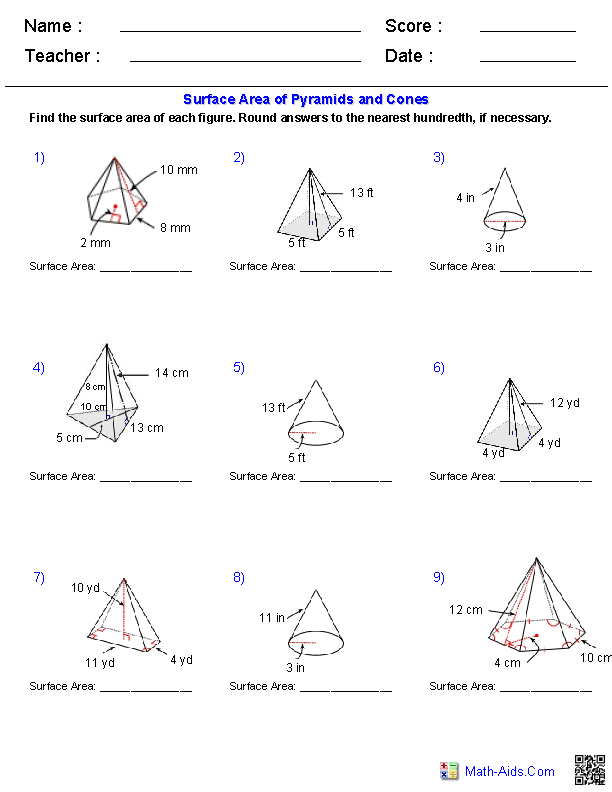A partir de este jueves y a través del Programa Forma Joven en el que se promueven hábitos de vida saludable, tendremos a nuestra disposición a Javier, el sanitario de referencia, para que todo el alumnado que desee pueda solicitar una asesoría con él. En el hall del instituto está puesto el buzón para solicitar dicha asesoría. En el buzón solo deben poner su nombre y apellidos y el curso al que pertenece, y así, cuando venga Javier, se llama al alumno para que pueda tener su asesoría individual o en grupos de 3.
En estas asesorías se tratará cualquier duda que puedan tener sobre hábitos de vida saludable: alimentación, deporte, sexualidad, gestión de emociones...
En estas asesorías se tratará cualquier duda que puedan tener sobre hábitos de vida saludable: alimentación, deporte, sexualidad, gestión de emociones...
















